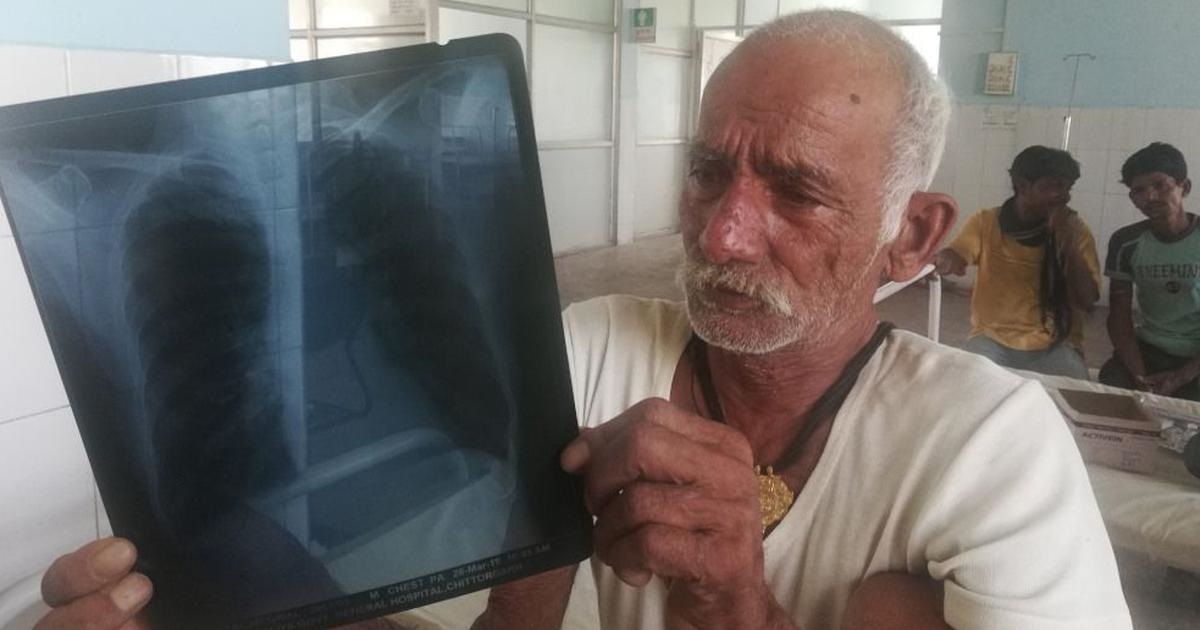KATHMANDU: Asthma, often disregarded by many people, is likely to be the third biggest killer by 2030, says a report published by WHO.
It is believed that around 3 million people are currently suffering from asthma in Nepal.
Breathlessness, sputum production in large amounts and chronic cough are some most common symptoms of chronic obstructive pulmonary disease (COPD) and asthma.
Doctors say during the asthma attack, the lining of bronchial tubes swell, this swelling makes the airways narrow and reduces the flow of air into and out of the lungs. This causes the narrowing of the air passage resulting in wheezing.
Doctors are worried to see the lack of awareness about the hazards and the medications. Although proper medication can spare people from chronic suffering, many people are not willing to take the most common medication taken through an inhaler.
“After hearing to the patient and studying about his case, I suggested a patient use asthma inhaler and avoid smoking and dust,” Dr. Ashesh Dhungana, Pulmonologist, at Bir Hospital, Kathmandu recalled the latest incident he had had and said, “The patient was panicked at my advice and asked isn’t that the asthma treatment kit for chronic asthma patients?”
Many patients are still unwilling to take proper medication due to various heresies about them. Dr. Dhungana advises his patients to use an inhaler as he thinks it better than other medicines taken from mouth.
“One person, out of 10, has COPD asthma or respiration related disease in Nepal and only 3 percent among them have access to health care,” Dr. Dhungana shared the grim health status of the country.
According to WHO, there are around 250 million patients of asthma and COPD in the world in which 3.7 million die every year.
Medical practitioners blame the exposure to smoke and dust as the main cause of increasing respiratory hazards.









Comment